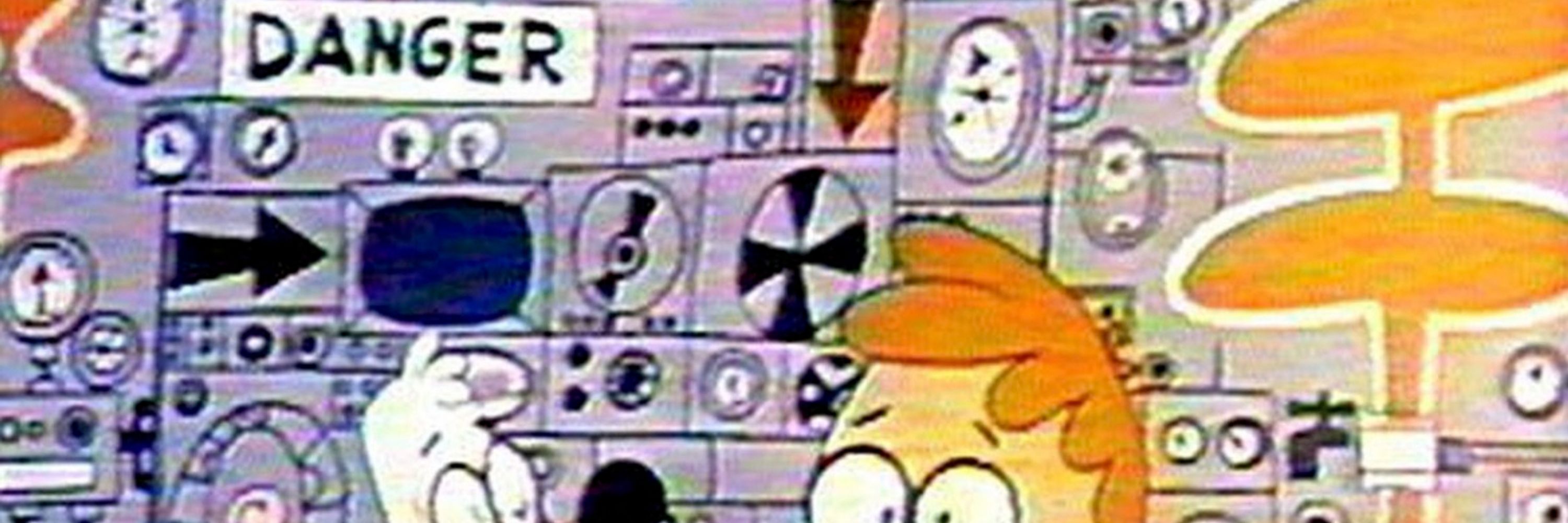Ken Wharton
@kenwharton.bsky.social
650 followers
1K following
230 posts
Physics professor at San Jose State. Quantum Foundations. Big fan of space and time, and also many things therein.
Posts
Media
Videos
Starter Packs



